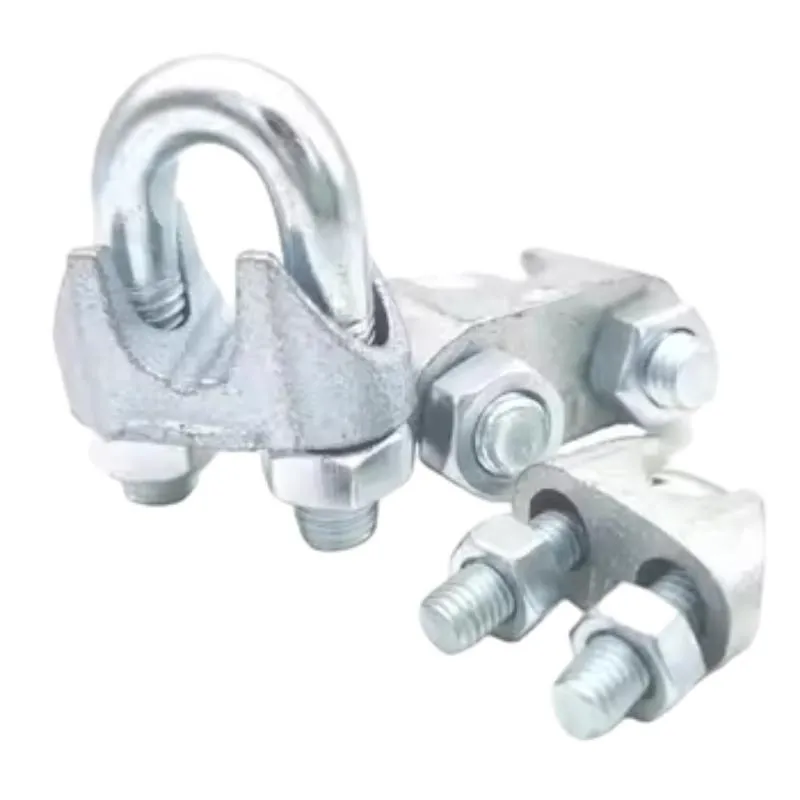Ago . 13, 2024 04:22 Back to list
Exploring the Specifications and Applications of 1 Inch Threaded Bars in Construction and Engineering
Understanding 1 Inch Threaded Bar An Essential Component in Construction and Engineering
The 1-inch threaded bar is an indispensable fastening element often used in construction, engineering, and various manufacturing processes. It plays a crucial role in connecting, fastening, and securing different structural elements. Threaded bars, also known as threaded rods or studs, are long, cylindrical rods that feature continuous threads along their length, making them versatile for numerous applications.
Composition and Manufacturing
Typically made from steel or other durable materials, a 1-inch threaded bar boasts impressive tensile strength, crucial for high-load applications. The manufacturing process involves cutting a rod to the desired length and then machining the threads along the entire length or a portion of the bar. This threading allows for the easy integration of nuts and washers, facilitating secure fastening in various setups.
Common Applications
Threaded bars are used across multiple industries. In construction, they are extensively employed in the assembly of concrete structures. For instance, they are often used to anchor concrete slabs or to create tension in cables supporting large structures. When concrete cures, the threaded bar ensures that the components remain securely bound together.
In the realm of mechanical engineering, threaded bars are essential for creating assembly points in machinery and industrial equipment. Their added versatility makes them ideal for customized solutions where specific lengths or configurations are required.
Advantages of Using 1 Inch Threaded Bars
1 inch threaded bar

The primary advantage of using a 1-inch threaded bar is its strength and load-bearing capacity. The larger diameter allows it to handle significantly heavier loads compared to smaller rods. Additionally, the threaded design enhances the bar’s grip, allowing it to hold components together securely, minimizing the risk of loosening due to vibration or stress.
Another key benefit is ease of installation. Threaded bars can be cut to the desired length on-site and can be easily combined with various nuts and washers, providing flexibility during assembly. This adaptability makes them a preferred choice for construction teams who need to adjust designs on the fly.
Installation and Best Practices
When installing a 1-inch threaded bar, it is essential to follow best practices to ensure maximum performance and safety. Proper alignment is crucial; if a bar is not installed straight, it can lead to uneven stress distribution, potentially resulting in failure. Applying the right amount of torque is also vital when tightening the nuts; over-tightening can weaken the material and under-tightening can cause looseness.
Furthermore, using appropriate corrosion-resistant coatings or materials can enhance the durability of the threaded bars, especially in outdoor or humid environments where rust and corrosion are common concerns. Regular inspections should be performed to ensure the integrity of the installation over time.
Conclusion
In summary, the 1-inch threaded bar is a versatile and essential component in construction and engineering. Its robust design and ease of use make it a preferred choice for securing structures and machinery. Understanding its applications, advantages, and best practices will enable professionals to utilize this valuable tool effectively, ensuring structural integrity and performance in their projects. As industries continue to evolve, the relevance and application of threaded bars are likely to grow, underscoring their significance in modern engineering and construction.
-
The Ubiquitous Reach of DIN934 in Application Realms
NewsMay.16,2025
-
Exploring Different Bolt Types
NewsMay.16,2025
-
Cracking the Code of Sleeve Anchor Mastery
NewsMay.16,2025
-
Clamp Design Principles,Types and Innovations
NewsMay.16,2025
-
Artistry Inspired by the Humble Anchor Bolt
NewsMay.16,2025
-
A Deep Dive into Screw Types
NewsMay.16,2025


